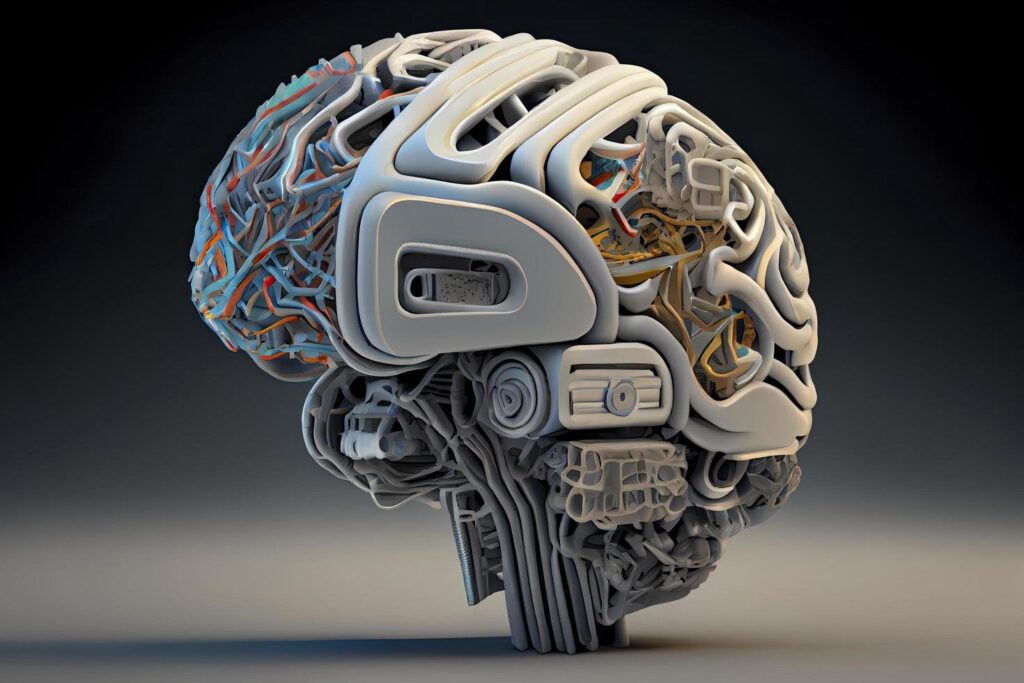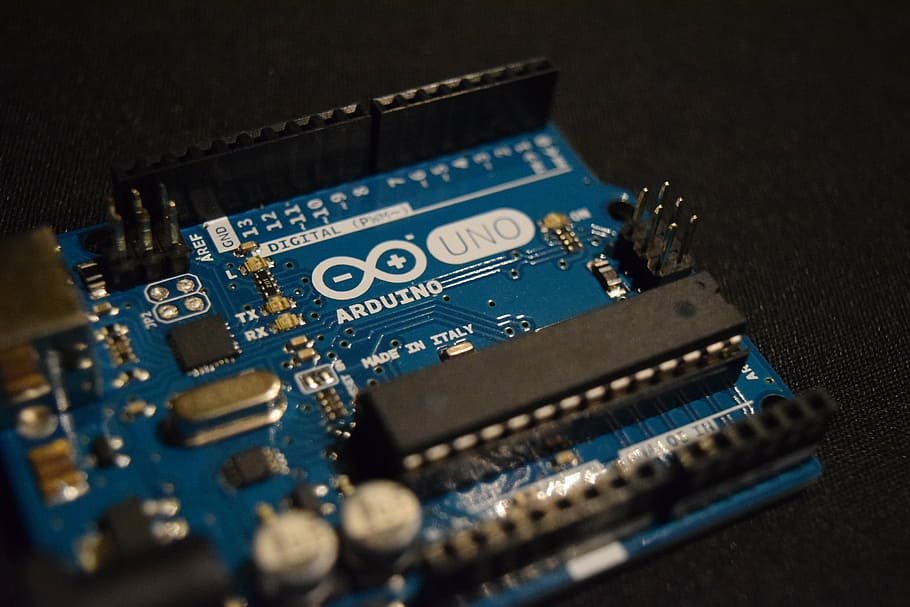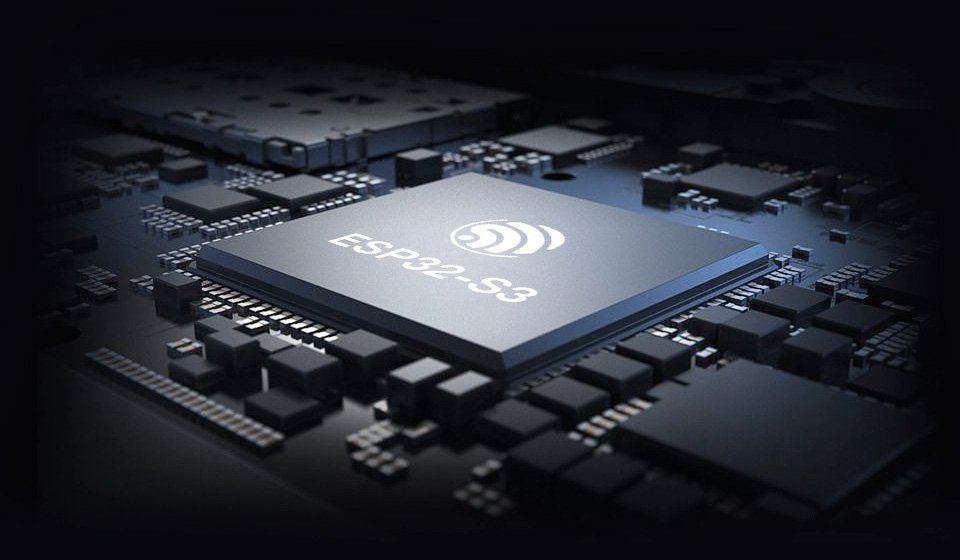The term “Robot brain” refers to the central processing unit (CPU) or brain of a robot, which is responsible for controlling the robot’s actions and behaviors. The specific design and architecture of a robot brain can vary depending on the specific capabilities and functions of the robot.
In general, robot brains can be grouped into two main categories: analog and digital. Analog robot brains use continuous electrical signals to control the robot’s actions, while digital robot brains use discrete digital signals.
Analog robot brains are typically simpler and less expensive than digital brains but are also less precise and less flexible. They are often used in simple robots that perform basic tasks, such as moving in a straight line or following a line on the ground.
Digital robot brains are more complex and can be more flexible and powerful than analog brains. They are often used in more advanced robots that require greater precision and control, such as robots used in manufacturing or robotics research. Digital robot brains may use a variety of technologies, such as microcontrollers, computer processors, or specialized hardware, and may be programmed using a variety of programming languages.
In general, the appearance of a robot brain will depend on the specific design and architecture of the robot, and may include a variety of hardware components, such as sensors, motors, and controllers, as well as software components, such as algorithms and control programs.
-
- Associative neural architecture: This refers to a type of brain architecture that is inspired by the structure and function of the human brain. It is based on the idea that neurons in the brain are organized into networks that are activated by specific stimuli and that can learn and adapt to new experiences. In a robot brain with associative neural architecture, the connections between neurons are used to store and process information, and the strength of these connections can be adjusted based on the robot’s experiences.
-
- Cognitive developmental brain: This refers to a type of robot brain that is designed to mimic the cognitive development of a human brain. It may include features such as learning, adapting, and developing new abilities as the robot gains more experience.
-
- Distinct brain: This refers to a robot brain that is separate and distinct from the rest of the robot’s body. It may be located in a different location or may be connected to the body via a network of sensors and actuators.
-
- Humanoid brain: This refers to a type of robot brain that is designed to control a humanoid robot, which is a robot that has a body shape and appearance similar to a human. A humanoid brain may include features such as natural language processing, facial recognition, and other capabilities that are useful for interacting with humans.
-
- Hybrid brain: This refers to a robot brain that combines elements of different brain architectures, such as digital and analog, or rule-based and neural networks. A hybrid brain may be more flexible and adaptable than a single-type brain, but may also be more complex and harder to design and program.
-
- In-vitro brain: This refers to a robot brain that is grown or developed in a laboratory or other artificial environment, rather than being built from physical components. An in-vitro brain may be developed from biological cells or from artificial materials, and may have the ability to learn, adapt, and change over time.
-
- Positronic brain: This is a fictional concept that refers to a type of robot brain that is based on the idea of positrons, which are subatomic particles with the same mass as electrons but with a positive charge. In science fiction, positronic brains are often depicted as highly advanced and powerful, and are used to control robots with advanced capabilities.
- Smart brain: This term is often used to refer to a robot brain that is capable of advanced reasoning and problem-solving, and may include features such as machine learning and natural language processing. A smart brain may be able to learn and adapt to new situations and environments and may be able to perform complex tasks that require a high level of intelligence and decision-making ability.
Understanding Robot Behavior: Pre-Programmed vs. Autonomous Robots
A. Pre-Programmed Robots
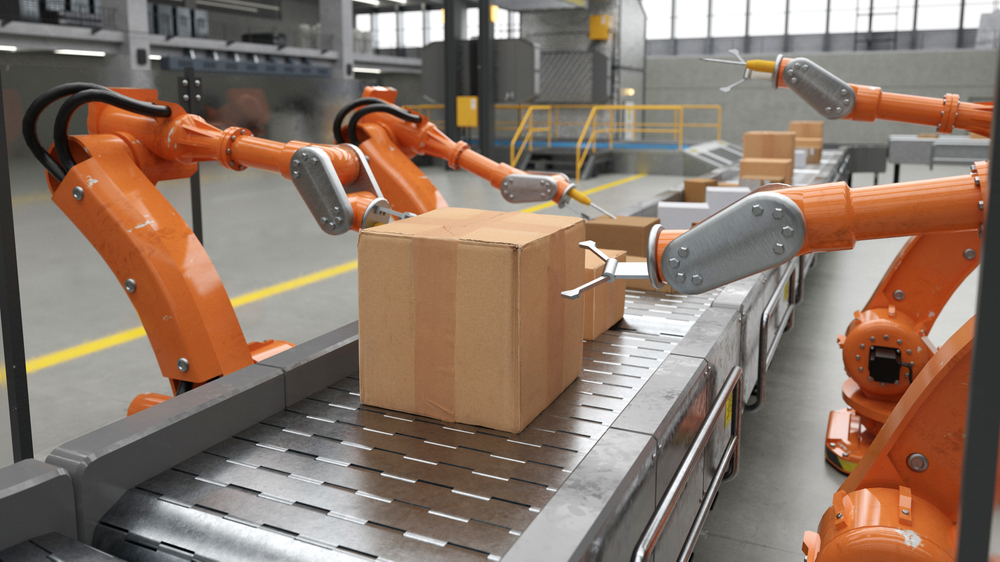
The very simplest pre-programmed robot merely repeats the same operations over and over. Such a robot is either insensitive to changes in its environment or it can detect on very limited information about very limited parts of the environment. Such a robot will require little in the way of “controls” but it will perform properly only if the environment behaves in accord with the robot’s pre-programmed actions.
B. Autonomous Robots
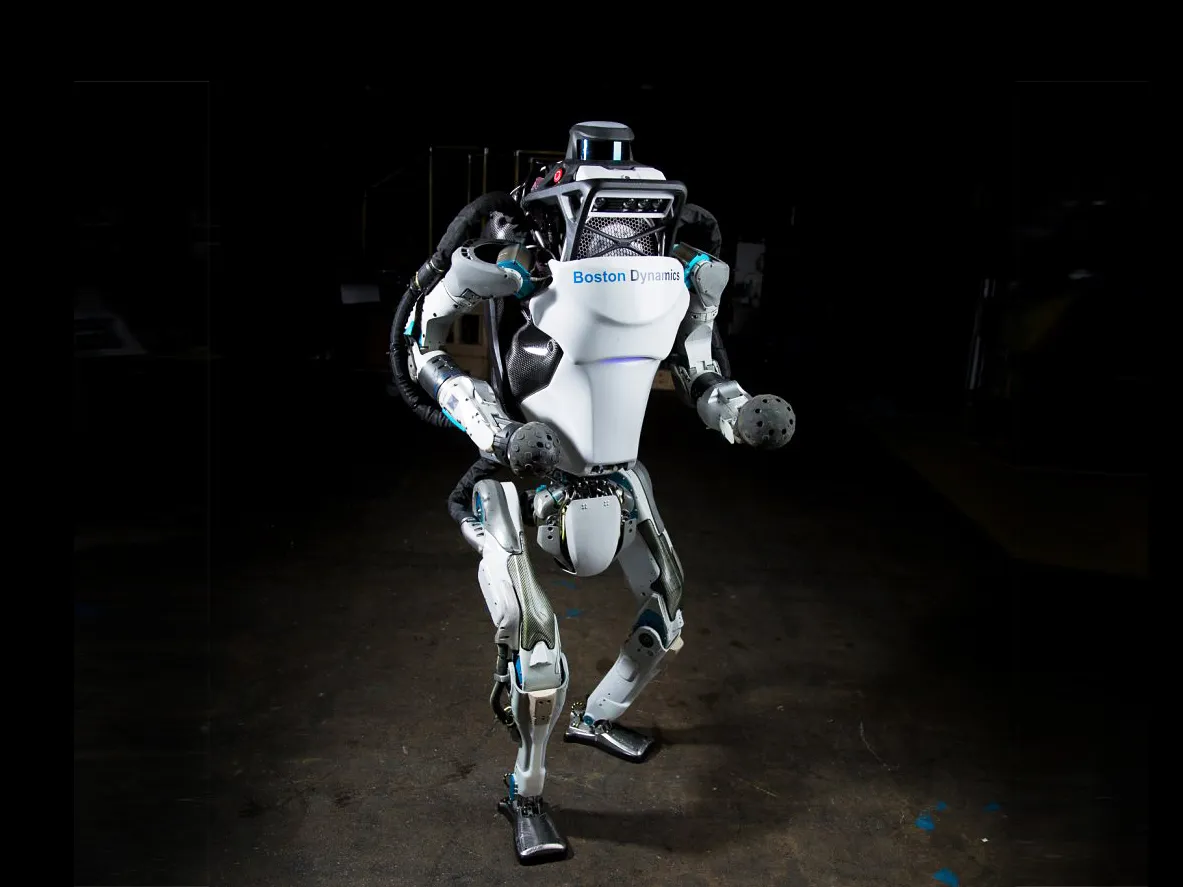
More complex robots are able to respond appropriately in environments that are much more complicated. Such a robot will have sensory apparatus that allows it to detect changing features of the environment and a range of behaviors that will allow it to respond to those changes. Whatever features of the robot enable it to adapt its behavior to its environment we will call the “control system.”
There are many different kinds of control systems used in robots. In this module, we will focus most of our attention on robots that have one of two different kinds of control systems (sometimes called “robotic architectures”):
Top-Down: Build the brain first! Then hook up the sensors and the effectors. If the brain is built properly, it will take the input data from the sensors and be “smart enough” to behave intelligently in response to it. You build a brain, by writing an artificial intelligence (AI) computer program. There are two main kinds of AI programs: Classical AI & Connectionist Networks. We will explore them both in this module.
Bottom-Up: Don’t bother with a brain! Hook each sensor directly to an effector — call this a “behavior”. Then rank each of the behaviors (the sensor-effector pairs) in order of priority, to determine which one “wins out” and controls the robot if more than one is activated. Call this ranking a “hierarchy.” Most hierarchies produce stupid robots, but just the right hierarchy can produce remarkably “intelligent” behavior. (These are also called “behavior-based” robots).

